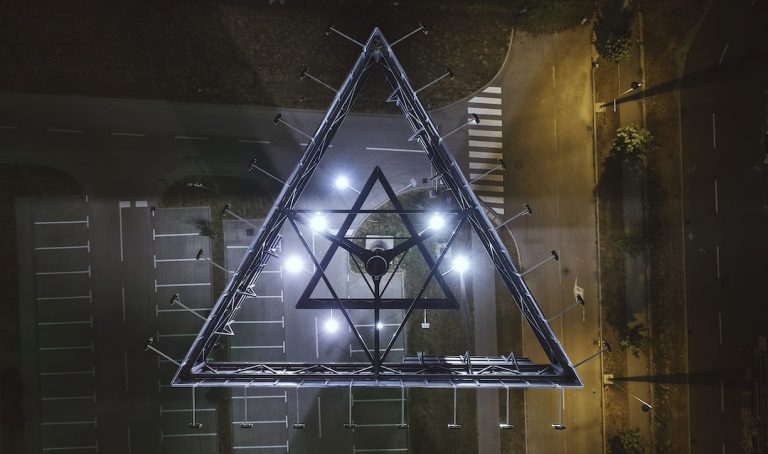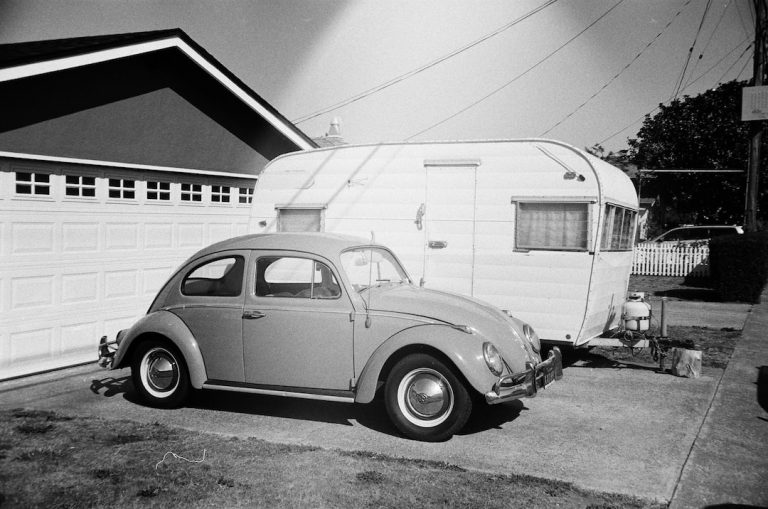How much does a lithotripter cost?
Purchase a Kidney Stone Removal (Lithotripsy) today on MDsave. Costs range from $5,750 to $9,875. Those on high deductible health plans or without insurance can save when they buy their procedure upfront through MDsave.
Kidney Stone treatment in New Delhi India – Various Options Cost and What to expect
What size kidney stone needs lithotripsy?
Most kidney stones that develop are small enough to pass without intervention. However, in about 20 percent of cases, the stone is greater than 2 centimeters (about one inch) and may require treatment.
Is lithotripsy high risk?
You can develop infection and even kidney damage when a stone fragment blocks the flow of urine out of your kidneys. The procedure can damage your kidneys, and they may not work as well after the procedure. Possible serious complications may include high blood pressure or kidney failure.
What are alternatives to lithotripsy?
If you've been diagnosed with kidney stones (urolithiasis), you may have several options for treatment. These include medical therapy, extracorporeal shock wave lithotripsy (ESWL), percutaneous nephrolithotripsy (PCNL), and ureteroscopy.
How long does a lithotripsy last?
Typically, an lithotripsy procedure lasts for approximately one hour. Generally, lithotripsy follows this process: You will be asked to remove any clothing, jewelry, or other objects that may interfere with the procedure.
Is lithotripsy a major surgery?
Lithotripsy is a noninvasive (the skin is not pierced) procedure used to treat kidney stones that are too large to pass through the urinary tract.
Removal of kidney stones: SWL
What is the success rate of lithotripsy?
How successful is
? In those patients who are thought to be good candidates for this treatment, about 70 to 90 percent are found to be free of stones within three months of treatment.
What size stone can lithotripsy?
Generally: stones less than 10 mm in size can be successfully treated. for stones 10 to 20 mm in size, additional factors such as stone composition and stone location should be considered. stones larger than 20 mm are usually not successfully treated with ESWL.
Who is a candidate for lithotripsy?
Candidates are patients with large kidney stones (too large for ESWL, RIRS or combination RIRS/ESWL), with both stones and strictures in the kidney and certain kidney tumors. Children with similar conditions are also candidates.
How extracorporeal shockwave lithotripsy is used to treat kidney stones
At what size is a kidney stone requires surgery?
Surgical treatment is usually recommended for stones 0.5 centimeters in size and larger, as well as for patients who fail conservative management. The procedures used today to remove stones are minimally invasive and highly effective.
When does a kidney stone need lithotripsy?
Lithotripsy is a noninvasive (the skin is not pierced) procedure used to treat kidney stones that are too large to pass through the urinary tract.
Is lithotripsy a low risk procedure?
The benefits of SWL include a fast recovery time, low risk of complications and that it is a minimally invasive day procedure that can be performed under sedation without ureteric stenting.
Extracorporeal shock wave lithotripsy (ESWL) machine | Usapang Pangkalusugan
Is lithotripsy a risk?
Complications of lithotripsy may include, but are not limited to, the following: Bleeding around the kidney. Infection. Obstruction of the urinary tract by stone fragments.
When is lithotripsy not recommended?
Contraindications for lithotripsy include, but are not limited to, the following: Pregnant patients. Patients on "blood thinners" or patients with bleeding disorders. Aspirin or other blood thinners must be discontinued for at least 1 week prior to lithotripsy.
Which is safer lithotripsy or ureteroscopy?
Based on this review, both ESWL and ureteroscopy are safe in the treatment of upper ureteral stones and both have relative pros and cons. Ureteroscopy has higher efficacy but more adverse effects compared with ESWL. Physicians should consider each procedure based on individual patient circumstances and preferences.
Is there a way to break up kidney stones without surgery?
is a technique for treating stones in the kidney and ureter that does not require surgery. Instead, high energy shock waves are passed through the body and used to break stones into pieces as small as grains of sand.
What is the best procedure to remove kidney stones?
A small cut (incision) is made in your back and the nephroscope is passed through it and into your kidney. The stone is either pulled out or broken into smaller pieces using a laser or pneumatic energy. PCNL is always carried out under general anaesthetic.
Appropriate Kidney Stone size for removal by Lithotripsy – Dr. Rajeev Bashetty
Which is better lithotripsy or laser?
Compared to extracorporeal shock wave lithotripsy, holmium laser lithotripsy has been shown to have higher success rates and decreased chance of steinstrasse (a complication of extracorporeal shockwave lithotripsy in which fragments of the stones block the ureter).






